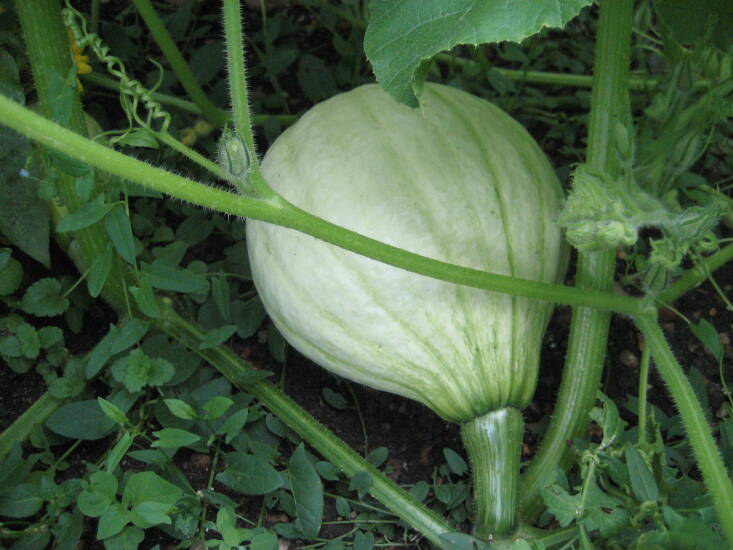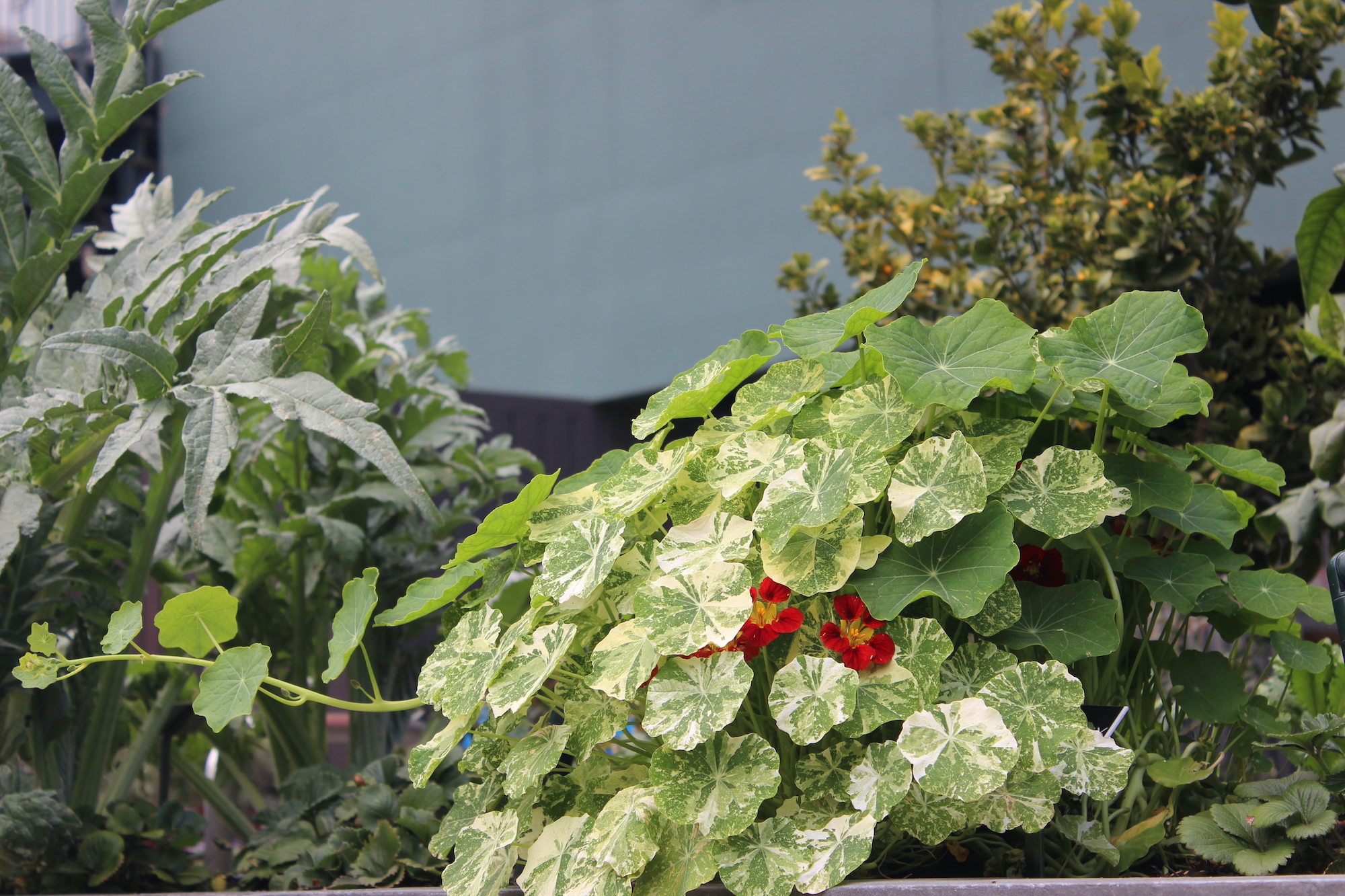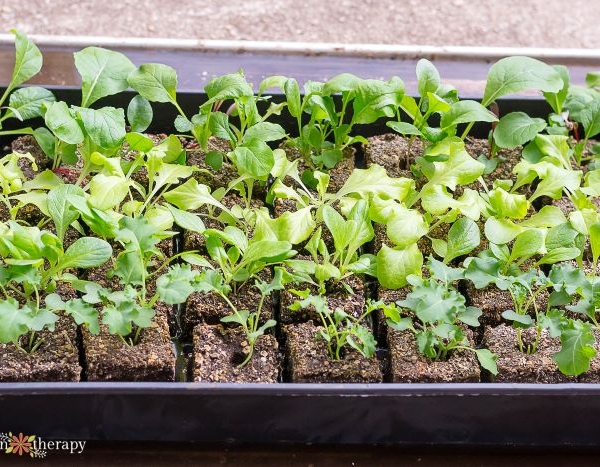Wouldn’t be great if you didn’t have to use pesticides to keep bugs from eating your plants? How awesome would it be if you could just plant plants to take care of some of the most common pests? Guess what? You can!
Trap crops are a type of companion planting. But instead of increasing yield or improving flavor, these companions take one for the team and attract pests away from your prized vegetables. Trap crops are part of an environmentally sensitive approach called Integrated Pest Management (IPM), the basic premise of which is to start with the least toxic option first when managing pests. It doesn’t get any more nontoxic than planting a plant. And some of them happen to be quite beautiful, too!
Here are some of the top trap crops:
Nasturtiums

These edible flowers and leaves are aphid heaven. Aphids prefer nasturtiums and will choose them over your tomatoes. Whiteflies love them too. Nasturtiums come in mounding and trailing varieties. I use them as a ground cover under my tomatoes. They keep the whiteflies and aphids off my tomatoes and provide a form of mulch to conserve water and keep the soil cool. Bonus: Bumblebees, who are great tomato pollinators, love them, too!
Marigolds

A favorite and well-known trap crop, marigolds attract thrips. They also attract mites that feed on thrips. Thrips attack lettuces, spinach, and cabbages. Their roots are also known to repel nematodes. Bonus: You can use the petals to dye fabrics.
Blue Hubbard Squash

The cucurbit family is a large and varied family that includes winter and summer squash. A home gardener favorite, zucchini, is included in the family. Zucchini is also a favorite of the squash vine borer, which can decimate a zucchini plant. By planting a blue hubbard two weeks before you plant your zucchini, the squash vine borer moth will lay its eggs on the blue hubbard and not the zucchini. Once the blue hubbard has the vine borers, you can remove it and the threat to the zucchini.
Calendula (Pot Marigold)

Calendulas are sunny happy flowers that attract aphids, thrips, and whiteflies. They can repel beetles from asparagus and hornworms from tomatoes. Additionally, they attract hoverflies and ladybugs that eat the bad bugs. It has been used in teas and alternative medicine and makes a beautiful cut flower. Plant enough for your tomatoes—and for a vase-ful for your kitchen table.
Sunflowers

Stink bugs and leaf footed bugs love sunflowers. They also love tomatoes, but not as much as they love sunflowers. You can pick off or spray the stink bugs/leaf footed bugs with the least toxic option from the sunflowers. In the fall, the seed heads become food for birds.
See also:
(Visited 1 times, 1 visits today)


